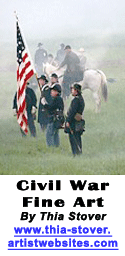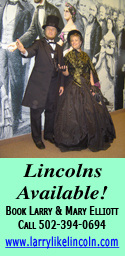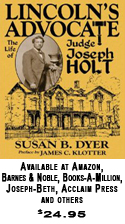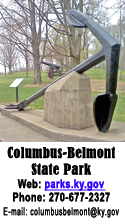|
Recent confrontations weren’t only ones
creating stress disorders; so did Civil War
In World War I, it was called “shell shock.”
World War II described it as “combat fatigue.”
The Civil War didn’t identify it, but according to a recent book, what we now call Post-Traumatic Stress Disorder, or PTSD, was very common during the War Between the States.
Author Eric T. Dean Jr. deals with the problem in his 1997 book, “Shook Over Hell, Post-Traumatic Stress, Vietnam, and the Civil War.” The author explains that in the Civil War there were at least four categories of combat-related stress disorders: first, what they called “insanity;” second, “homesickness” or “nostalgia,” – a kind of extreme depression; third, “irritable” or “trotting heart ” also called “soldiers heart,” the notion being that combat causes a physical change to the heart. And fourth, what they called “sunstroke,” attributed to “excessive exposure to the sun.” But, whatever the name, some Civil War soldiers and veterans displayed many of the same signs of PTSD that are currently common.
Dean also observes that it wasn’t just combat that caused PTSD.
Letters and reports from some of those Civil War surgeons and their assistants who amputated limbs for hours on end – and are often portrayed today as callous and uncaring – strongly suggest that they, too, suffered from PTSD, as did some of those who cared for the wounded and sick. Some of the thousands of soldiers assembled to witness the execution of deserters are included.
Then, there are prisoners of war for whom “constant disappointment and loss of hope” were mentally devastating, plus civilians who were traumatized by fear, battle, bombardment and bands of marauders.
Although the Civil War often is romanticized as gallant and chivalric, Dean assesses that it was not a noble and lost cause. In reality, it was another major conflict that created stress disorders that occurred both during and after the fighting.
|













